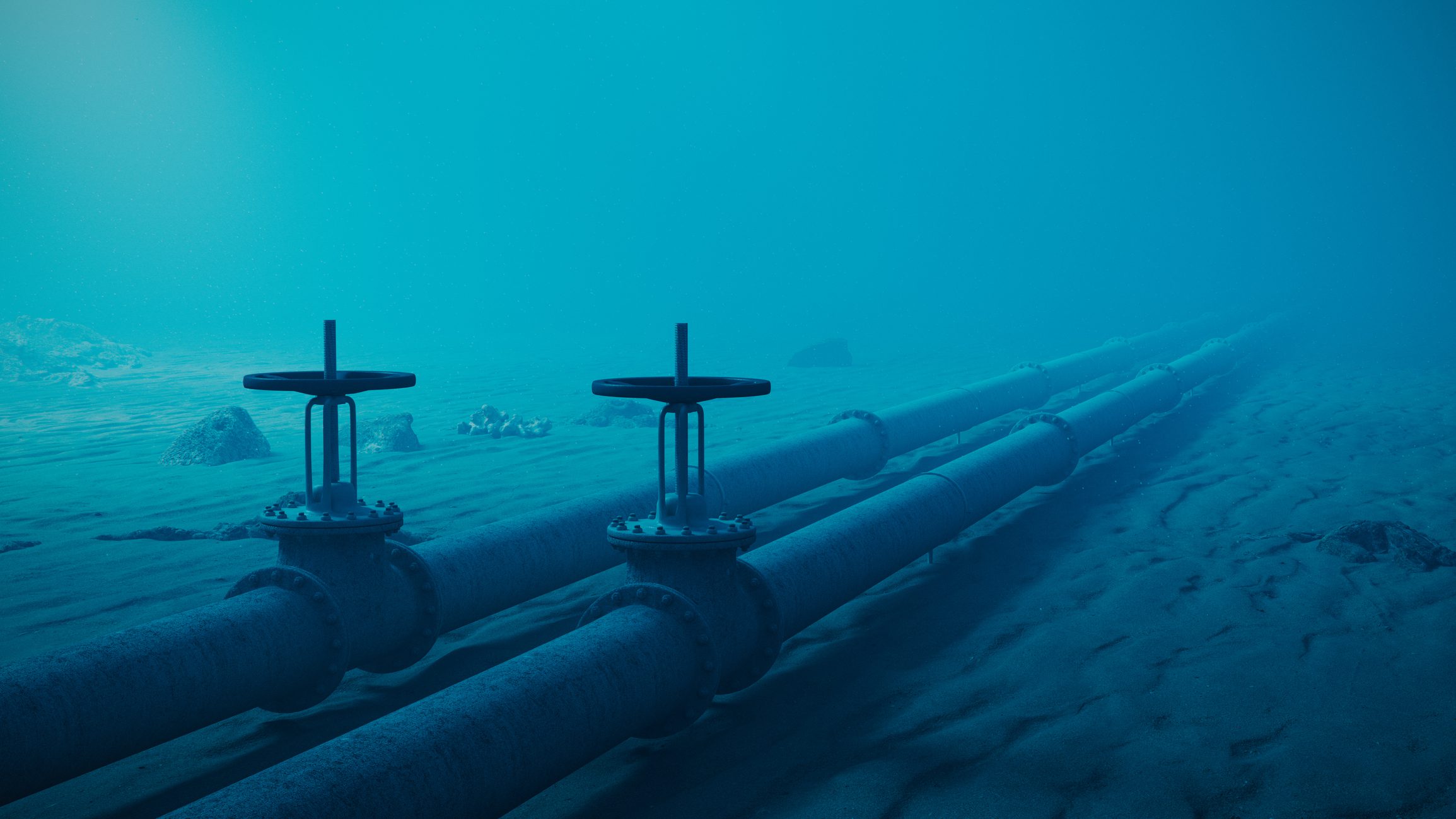Gas from ExxonMobil’s newly sanctioned Hammerhead development will begin flowing immediately through Guyana’s Gas-to-Energy (GtE) pipeline once production starts in 2029, ExxonMobil Guyana President Alistair Routledge said on Monday.
This is unlike the Longtail project where gas will be reinjected into the reservoir in the beginning to facilitate high condensate recovery when that project begins in 2030, with increased gas output expected over a decade after startup.
With Exxon’s other projects, gas is injected to facilitate oil recovery.
During a press conference at Exxon’s new Ogle headquarters, Routledge explained that with Hammerhead, which has heavier crude, gas injection is unnecessary, with the project instead relying entirely on water injection to maintain reservoir pressure. “From day one, our intent is to be exporting gas from the Hammerhead facility into the Gas-to-Energy pipeline,” he told reporters. “What we’re building in that pipeline system is some optionality to ensure that the Hammerhead project can operate at any point in time, and that there’s always an offtake for the gas.”
Hammerhead is understood to have a higher share of gas relative to oil than the projects sanctioned before it.
The gas will support the expansion of Guyana’s GtE project at Wales, where it will be used for power generation and natural gas liquids (NGL) production. The government has plans for a second phase of the project, involving two additional plants similar to the first, which will generate an additional 300 megawatts (MW) of electricity and produce more NGLs.
The added supply from Hammerhead will help utilize the full 125 –130 million cubic feet per day (cf/d) capacity of the pipeline which currently runs from Exxon’s Liza field to Wales.
According to the Environmental Impact Assessment (EIA) for Hammerhead, Exxon plans to build a 13-kilometer gas export pipeline from the project’s floating production, storage and offloading (FPSO) vessel to connect with the existing GtE line. About 10 million cf/d of gas will be used as fuel on the FPSO, while the remaining volumes will be piped to shore or diverted to the Liza Unity FPSO to boost oil recovery.
The GtE pipeline, completed in 2024, is expected to begin transporting gas from the Liza field next year at an initial rate of 50 million cf/d. The gas will feed the integrated facility at Wales.
ExxonMobil reached a final investment decision (FID) for the US$6.8 billion Hammerhead project last month, shortly after receiving a production license from the Ministry of Natural Resources. The project is the company’s seventh sanctioned development in the Stabroek Block and is targeting first oil in 2029.
Hammerhead is designed to produce 150,000 b/d of oil and about 95 million cf/d of gas.
Exxon operates the Stabroek Block with a 45% stake, alongside partners Hess, now acquired by Chevron, with 30%, and CNOOC with 25%. The consortium expects total output from its Guyana projects to exceed 1.7 million barrels per day by the end of the decade, with combined hydrocarbons production capacity nearing 2 million barrels of oil equivalent per day.



